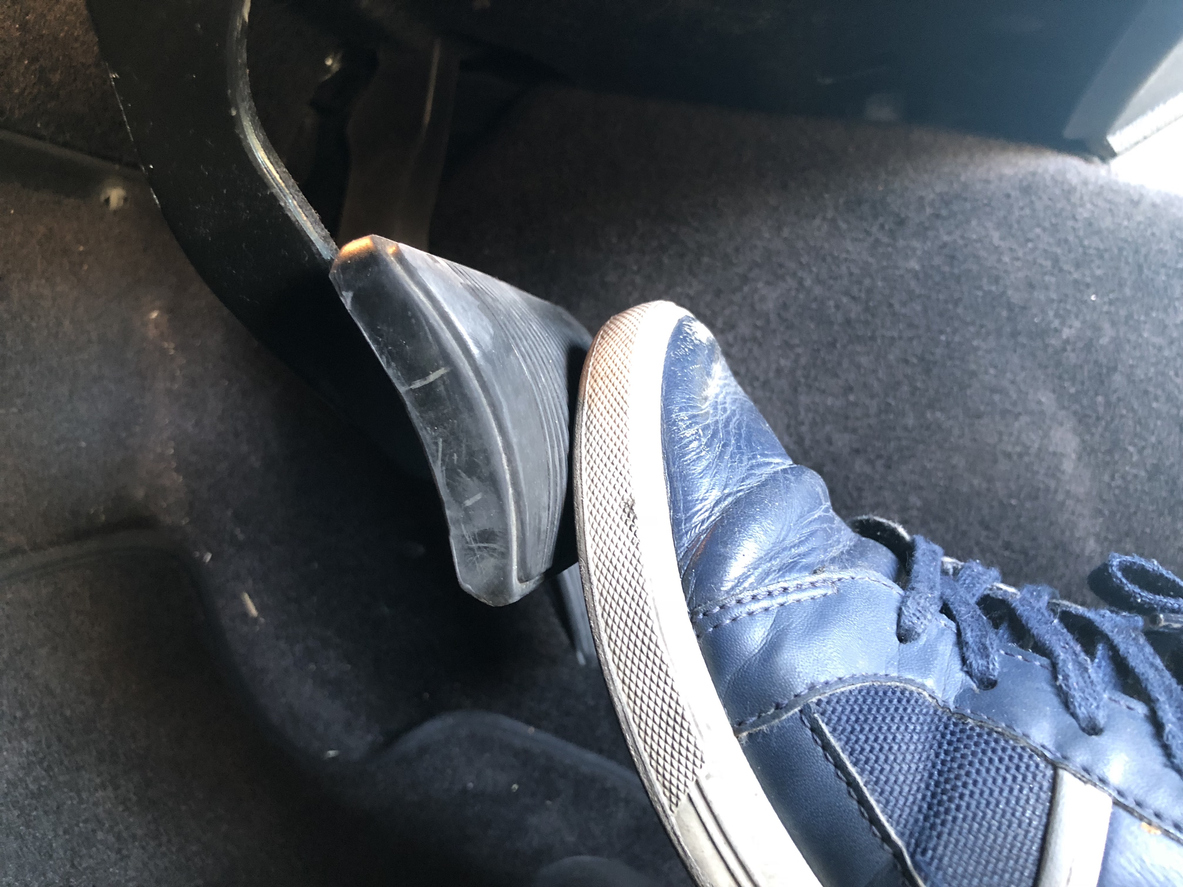Jul 5, 2019

The moment you press the brake pedal to slow your car down is when you need to feel the most confident that the parts involved in stopping your car safely and are working properly and in good time.
If your car shudders when braking, it isn’t only a sign that some part of the system needs attention - it can also be a symptom of troubles with connected parts of the car, such as damaged inner wheel rims.
If you hear any untoward noises or feel any unexpected sensations, such as a grinding or squealing, or a juddering as the vehicle slows down, it is important that you have your brakes examined as soon as you can.
To put it simply, brake judder is caused by vibration.
When this happens, the vibration passes up from the brakes, through the suspension and into the steering wheel, potentially resulting in a violent judder. This effect is likely to create a reflex reaction forcing you to grip the steering wheel tighter. For this reason, experiencing brake judder at high speed can be particularly disconcerting.
Knowing the symptoms and cause of the problem will help you greatly when it comes to getting it fixed. Below we’ve listed the most common causes of brake judder and how to fix them:
‘Run-out’ Of The Brake Discs or Hubs
Juddering can be caused by an incorrectly fitted disc that is pulling out of alignment with the hub or caliper. Here’s how to determine whether ‘run-out’ error is the case and what to do…
|
What to look for: |
The solution: |
|
Rust or dirt on the wheel hub surface which can cause poor contact and lead to juddering. |
Dismantle the disc and clean both surfaces to remove dust and other pollutants. |
|
Excessively tightened positioning screws. This can lead to the distortion of the hub contact surface and lead to vibrations when applying the brake. |
Replace the discs and make sure the tightening torque isn’t over severe. |
|
Distortion of the hub itself. As it is possible for hubs to warp, bolting a disc to a warped hub will lead to juddering. |
Once discs have been fitted, check for disc run-out using a dual gauge. If the run-out is out of tolerance, re-fit the disc in a different position. |
|
Poorly fitted alloy wheels. ‘One-size-fits-all’ alloy wheels with incorrect fitment have been a common cause of disc run-out in recent years. |
Plac the run-out gauge on the back of the disc while fitting the wheel and measure the run-out. |
Severe Brake Disc Overheating
Whenever you bring two surfaces into contact while moving at high speeds, the result will be friction. This friction then creates heat and when this is transmitted through to other parts of a car’s braking system, the ‘hot spots’ which are created cause poor contact between the brake pad and disc - another reason for that juddering feel.
The excess heat can be caused in a number of ways:
As a set of brake discs and pads accumulate higher mileages, it’s possible that some parts wear down more quickly than others. Optimal braking force requires the discs and pads to be the same thickness throughout.
You can help reduce the chances of uneven wear occurring from the very first time you drive your car after it has had new pads fitted - be sure to only apply the brakes gently on the first few occasions when you use them. This can help ensure that all parts of the disc get coated with an even amount of the friction material.
We suggest that you should try to avoid harsh brake applications for the first 120 miles or so, as this will help new discs and pads to bed in.
Extended Pressing of Brake Pedal While the Vehicle is Stationary
Holding the brake pedal when the vehicle is stationary can easily lead to an imprint of the brake pad being formed on the disc. If the pads are hot, it could even deposit specks of pad material onto the disc surface. Again, removing all the excess debris can solve this issue.
There’s no set amount of time for this as your regular driving conditions will have some bearing.
The type of vehicle, your driving style, and the distance covered on individual journeys all have a significant bearing on pad wear. For example, braking frequently from low speeds doesn’t cause as much wear as slowing down rapidly from higher speeds, such as when you’re driving on a motorway.
If you regularly park on a steep hill, you might also find that your rear brake pads wear more quickly than average, because of the car’s handbrake needing to be more fully engaged to hold the car.
Don’t ignore brake judder - it’s a clear sign that something is or might be about to go seriously wrong with your vehicle’s braking system. MyCarNeedsA.com can help you find the perfect local garage or mechanics for the job. Simply enter details of your problem and get brake repair or brake replacement quotes from garages in your area.